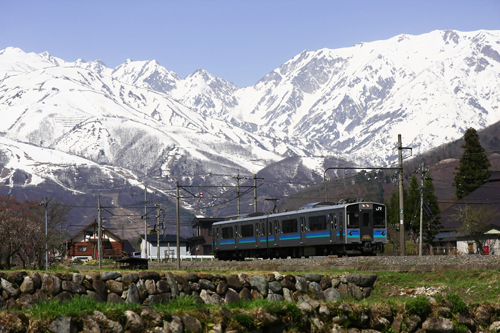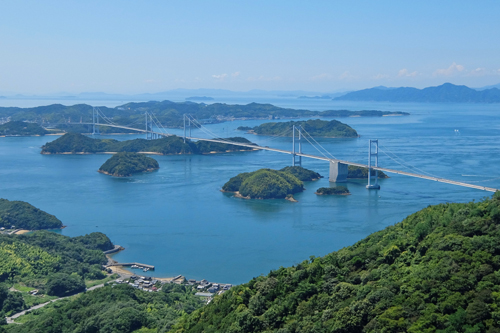Japan is an island country comprising of 6,852 islands including its 4 main islands, Hokkaido, Honshu, Shikoku and Kyushu. These islands extend over 2,000kms in length but spread only about 300km wide.
The country is predominantly mountainous, with a long mountain range running through the middle of the main islands of Japan, dividing the country into two major regions. One fronts the Sea of Japan and the other fronts the Pacific Ocean. The highest point is Mount Fuji, a volcano that rises 3,776 meters above sea level, and is one of about 200 volcanoes in Japan. Because of its volcanic activity, hot springs are numerous in the country, as a result, Japan is well known as the world’s most developed hot spring country.

Due to its mountainous setting, the population of Japan is primarily concentrated on lowland plains and mountain basins, particularly in a band along the Pacific Ocean and Inland Sea coastal region, stretching west-southwest from Tokyo on Honshu Island to Fukuoka on Kyushu Island. Surprisingly, 70~80% of the country is un-populated, and apart from urban areas has a very low population density.
The mountainous terrain with short distances between its peaks and coasts creates innumerable streams and rivers which are generally short and have steep channel slopes. The seas around Japan, with cold and warm currents bathing the country from opposite directions, are astonishingly rich in marine resources, on which Japan is not only dependent for its largely fish-based diet, but also for its diverse culinary culture.

